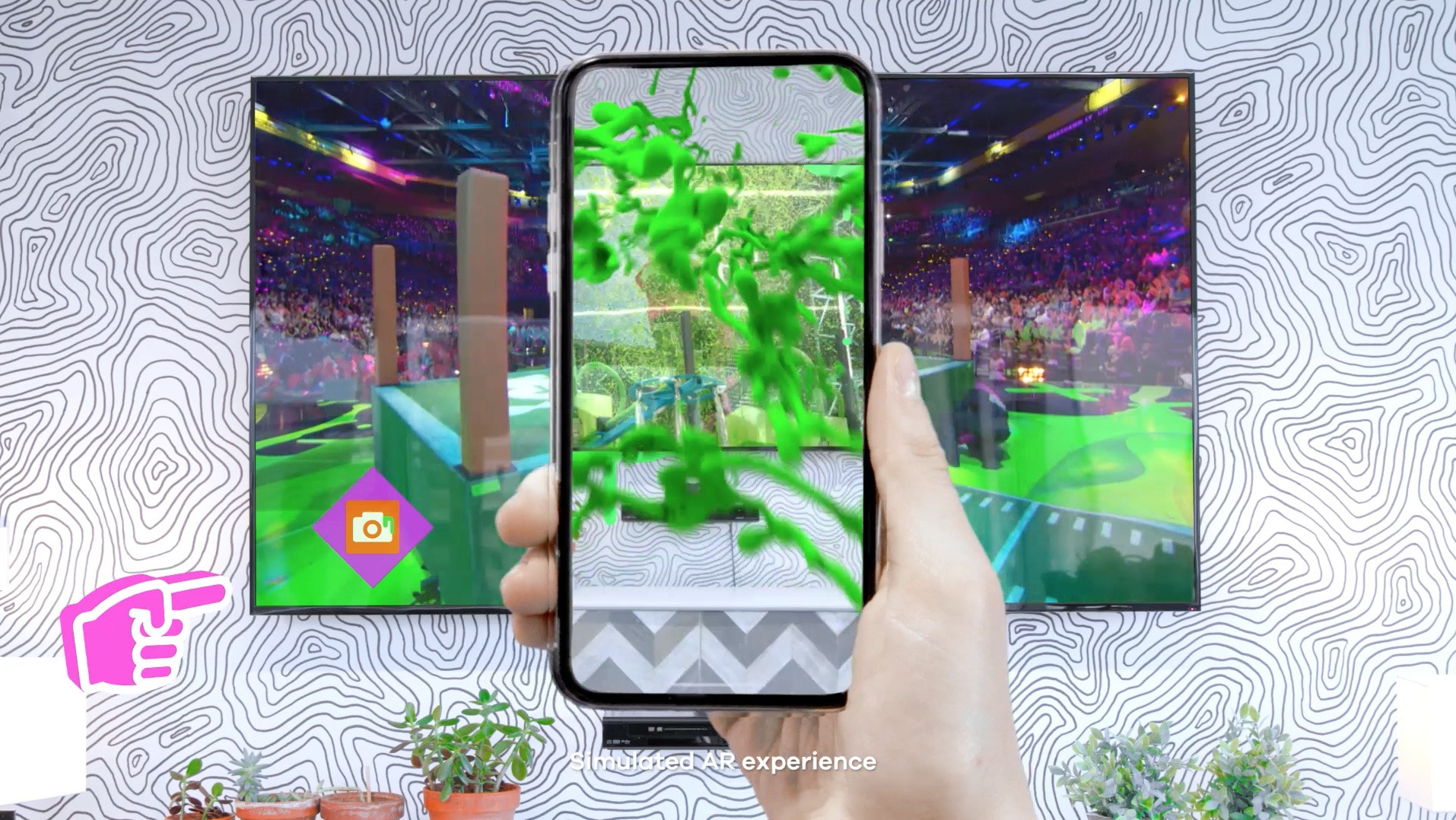
Future of Filmmaking: Interactive Storytelling
Imagine a world where you’re not just watching a movie, but actively shaping its narrative. A world where your favorite TV show adapts to your choices in real-time, creating a unique experience just for you. Welcome to the future of filmmaking: interactive storytelling powered by machine learning.
From Snow White to Fortnite: The Evolution of Storytelling
Stories have always been at the heart of human experience. They help us make sense of the world, find meaning, and connect with others. But the way we tell these stories has constantly evolved, driven by technological advancements:
- 1930s: Disney revolutionized animation with the multiplane camera and sound-synchronized, full-color cartoons, culminating in the groundbreaking Snow White and the Seven Dwarfs.
- 1940s: The “golden age of comics” dawned, thanks to mass-produced 4-color printing technology. This limitation created the iconic “pulp” look we still recognize today.
- 1980s: Pixar leveraged the power of computers and 3D graphics, eventually producing the first fully computer-generated feature film, Toy Story.
Each of these technological waves started as novelties but soon became new formats for deep storytelling, led by a fresh generation of creators. Today, we stand on the brink of another revolution: interactive viewing experiences.
Why Games Are Winning the Battle for Attention
While Hollywood frets over declining box office numbers, the gaming industry is booming. Why? Because games offer something traditional media can’t: interactivity. For Gen Z and younger, games are now the #1 way to spend free time, beating out TV and film. Even Netflix co-founder and executive chairman Reed Hastings admitted, “We compete (and lose to) Fortnite more than HBO.”
Games excel at creating affinity towards a story or universe because:
- Active participation creates stronger engagement
- Many games are inherently social experiences
- They allow fans to interact with an IP across multiple modalities (viewing, playing, creating, sharing)
This multi-faceted engagement helps stories become part of a person’s identity. It’s the difference between “I watch Star Trek” and “I am a Trekkie.”
Enter Interactive Video: The Best of Both Worlds
Imagine combining the narrative depth of film with the dynamic, player-driven systems of video games. That’s the promise of interactive video. Here’s how it differs from traditional video games:
- Traditional Games: Pre-loaded assets and deterministic programming
- Interactive Video: Real-time frame generation using AI, based on player input
This new format could allow for:
- Personalized, infinite gameplay
- Multiple consumption modes (lean-back viewing or active participation)
- Stronger affinity towards IPs through transmedia storytelling

The Digital Revolution: Making Interactive Video a Reality
Previous attempts at interactive video, like Netflix’s Bandersnatch, faced a major hurdle: the astronomical cost and time required to film multiple story branches. Enter generative AI models, which are rapidly advancing:
- OpenAI’s Sora can generate up to 1-minute long videos from text prompts
- Luma AI’s Dream Machine can create 5 seconds of video in just 2 minutes
- Runway’s Gen-3 Turbo can render 10-second clips in only 15 seconds
While still in its early stages, this technology is already being used by filmmakers for storyboarding and visual effects. The real game-changer will come when these models can generate high-quality video frames in real-time, enabling truly dynamic interactive experiences.
The Next Pixar: A Fusion of Storytelling and Technology
The company that will become the “pioneer of interactive storytelling” will need to excel in both creativity and technology. It will require a unique team that can bridge the disciplines of:
- Traditional filmmaking
- Game design
- Artificial intelligence
This fusion of skills could lead to entirely new forms of entertainment, blurring the lines between movies, games, and virtual worlds. Imagine stepping into a personalized version of HBO’s Westworld, where every interaction is tailored just for you.
Challenges and Ethical Considerations
Of course, this brave new world of AI-powered storytelling isn’t without its hurdles:
- Legal ownership and copyright protection of AI-generated content
- Fair compensation for the creators whose work is used to train AI models
- Balancing human creativity with AI assistance
The Future is Interactive
As we stand on the precipice of this new era in storytelling, one thing is clear: the demand for interactive experiences is immense. The technology is advancing at a breakneck pace, and creative minds are already exploring its potential.
The next generation of storytellers will have the power to create entire universes that adapt and respond to each viewer. They’ll craft experiences that don’t just entertain us, but become a part of who we are. The line between audience and creator will blur, and we’ll all become active participants in the stories that shape our world.






